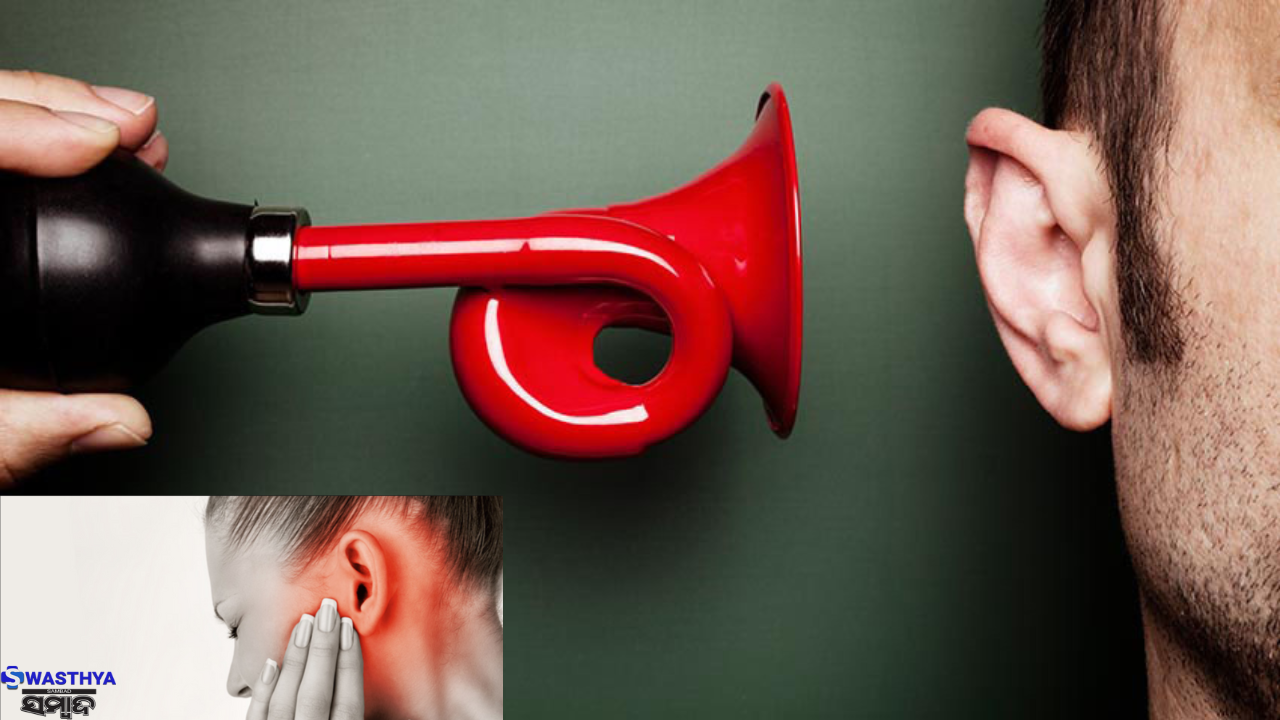Hearing loss
Noise-induced hearing loss is permanent hearing loss that is caused by being around loud noises over a long period of time. It can also occur after you are exposed to loud noise in a short period of time, such as a gunshot or explosion. The more you are around loud noises, the more you risk having hearing loss.
Whether noise harms your hearing depends on the loudness, the pitch, and the length of time you are exposed to the noise. The loudness of a sound (measured in decibels, or dB) and the length of exposure are related. The louder the sound, the shorter the exposure can be before damage occurs.
How can you decide which noises are too loud?
- If you have to shout to be heard above the noise.
- If you can’t understand someone who is speaking to you from less than 2 feet away.
- If a person standing near you can hear sounds from your stereo headset while it is on your head.
A hearing loss can happen when any part of the ear or auditory (hearing) system is not working in the usual way.
Outer Ear
The outer ear is made up of:
- the part we see on the sides of our heads, known as pinna
- the ear canal
- the eardrum, sometimes called the tympanic membrane, which separates the outer and middle ear
Middle Ear
The middle ear is made up of:
- the eardrum
- three small bones called ossicles that send the movement of the eardrum to the inner ear
Inner Ear
The inner ear is made up of:
- the snail shaped organ for hearing known as the cochlea
- the semicircular canals that help with balance
- the nerves that go to the brain
Auditory (ear) Nerve
This nerve sends sound information from the ear to the brain.
Auditory (Hearing) System
The auditory pathway processes sound information as it travels from the ear to the brain so that our brain pathways are part of our hearing.
- Conductive
caused by something that stops sounds from getting through the outer or middle ear. This type of hearing loss can often be treated with medicine or surgery.
- Sensorineural
occurs when there is a problem in the way the inner ear or hearing nerve works.
- Mixed
includes both a conductive and a sensorineural hearing loss. - Auditory Neuropathy Spectrum Disorder
occurs when sound enters the ear normally, but because of damage to the inner ear or the hearing nerve, sound isn’t organized in a way that the brain can understand.It can range from mild to profound:
- Mild
A person may hear some speech sounds but soft sounds are hard to hear.
- Moderate Hearing Loss
A person may hear almost no speech when another person is talking at a normal level.
- Severe Hearing Loss
A person will hear no speech when a person is talking at a normal level and only some loud sounds.
- Profound Hearing Loss
A person who is having it will not hear any speech and only very loud sounds.
- Mild
-
It can also be described as:
- Unilateral or Bilateral
one ear (unilateral) or both ears (bilateral).
- Pre-lingual or Post-lingual
happened before a person learned to talk (pre-lingual) or after a person learned to talk (post-lingual).
- Symmetrical or Asymmetrical
is the same in both ears (symmetrical) or is different in each ear (asymmetrical).
- Progressive or Sudden
worsens over time (progressive) or happens quickly (sudden).
- Fluctuating or Stable
gets either better or worse over time (fluctuating) or stays the same over time (stable). - Congenital or Acquired/Delayed Onset
present at birth (congenital) or appears sometime later in life (acquired or delayed onset).
- Unilateral or Bilateral




